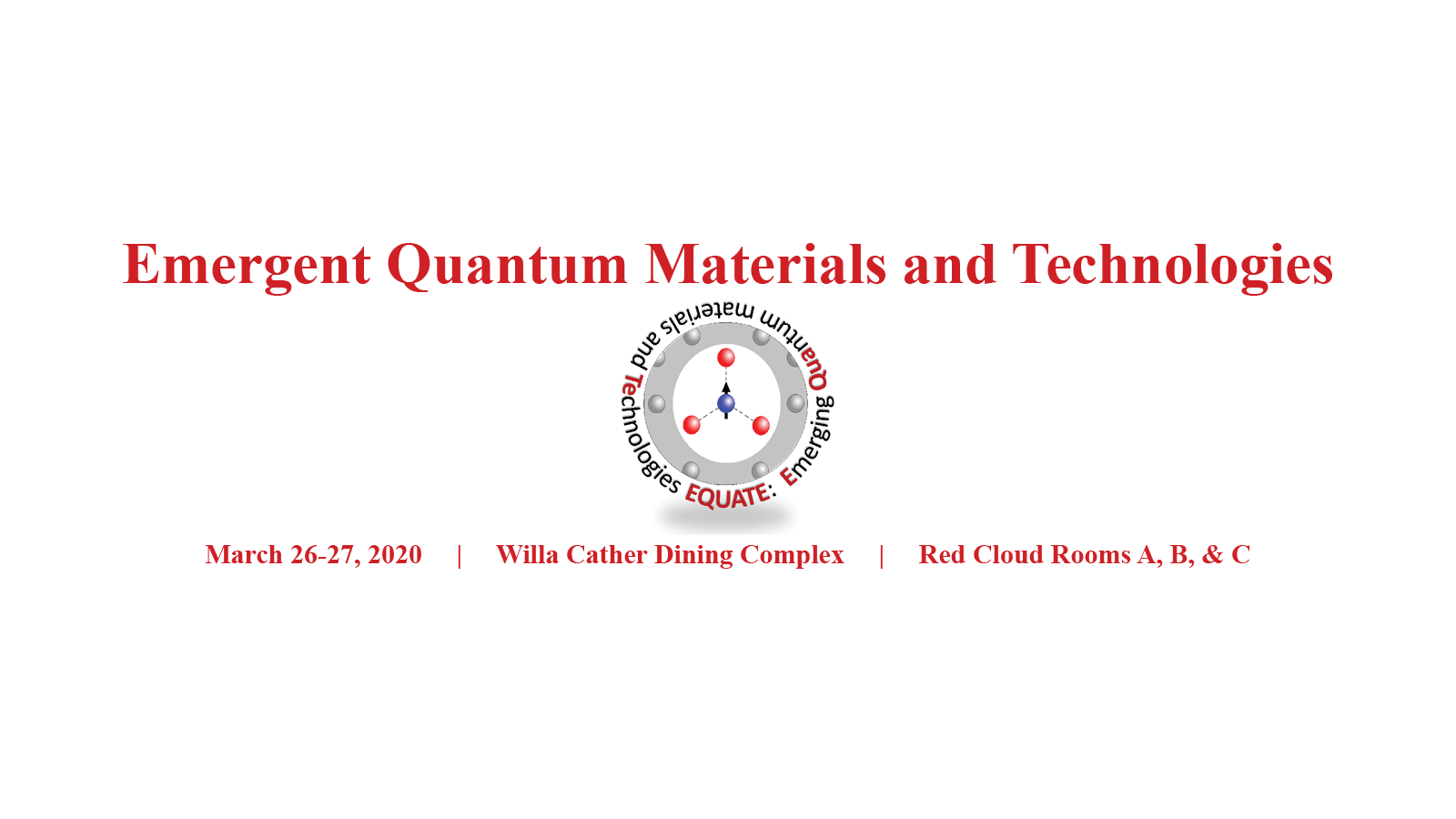The symposium on emergent quantum materials and quantum technologies (EQUATE) connects internationally renowned experts in the modern field of quantum materials science with researchers and EQUATE PIs from Nebraska’s universities at Lincoln, Omaha, Creighton, and Kearney. Two days of intense scientific dialogue will allow for an exchange of cutting-edge results, ideas and developments in this rapidly evolving field. Day 1 is dedicated to scientific presentations of renowned guest speakers and leaders of EQUATE’s focused research groups on quantum materials, quantum technologies, and quantum information processing. A subsequent poster session stimulates discussion among EQUATE PIs, invited speakers, postdocs, graduate and undergraduate researchers. Funding for this free symposium is provided by UNL Office of Research and Development and Nebraska EPSCoR.
Videos of the Symposium
Invited Speakers
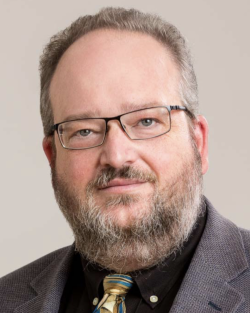
Michael E. Flatté
New Materials and Devices for Quantum Coherent Technologies
Over two decades ago concrete protocols were proposed to perform remarkable tasks, including breaking widely-used encryption, generating unbreakable codes, and rapidly searching huge databases. However, to achieve these goals new types of devices are required, relying on physical components with coherent quantum- 1 mechanical properties that would persist for nearly unimaginably long times. The quest for materials and devices to achieve robust and versatile quantum coherent technologies has been filled with surprises, despite the reliance on so-called “mature materials” such as wide-gap semiconductors and low-temperature superconductors. A key research emphasis now is to meld the favorable properties of multiple materials or structures into hybrid coherent quantum systems that will outperform each of the constituents. I will describe some examples of the strengths and limitations of materials and devices for quantum coherent technologies, and identify some of the features they share.
Dr. Flatté's Bio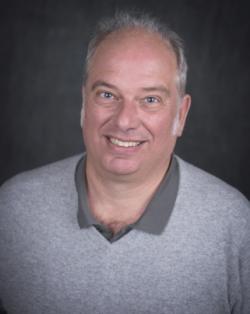
Axel Hoffmann
Topological Quasiparticles: Magnetic Skyrmions
Magnetic skyrmions are topologically distinct spin textures and can be stable with quasi-particle like behavior.1 This makes them interesting for information technologies,2 where data is envisioned to be encoded in topological charges, instead of electronic charges as in conventional semiconducting devices. Using magnetic multilayers we demonstrated that inhomogeneous charge currents allow the generation of skyrmions at room temperature in a process that is remarkably similar to the droplet formation in surface-tension driven fluid flows.3 Micromagnetic simulations reproduce key aspects of this transformation process and suggest a second mechanism at higher currents that does not rely on preexisting magnetic domain structures.4 Indeed, we demonstrated this second mechanism experimentally using non-magnetic point contacts.5 Using this approach, we demonstrated that the topological charge gives rise to a transverse motion on the skyrmions, i.e., the skyrmion Hall effect.6 This work was supported by the U.S. Department of Energy, Office of Science, Materials Sciences and Engineering Division.
- W. Jiang, et al., Phys. Rep. 2017, 704, 1–49.
- A. Hoffmann and S. D. Bader, Phys. Rev. Appl. 2015, 4, 047001-1–047001-18
- W. Jiang, et al., Science 2015, 349, 283–286.
- O. Heinonen, et al., Phys. Rev. B 2016, 93, 094407-1–094407-6.
- Z. Wang, et al., Phys. Rev. B 2019, 100, 184426-1–184426-9.
- W. Jiang, et al., Nature Phys. 2017, 13, 162–169.
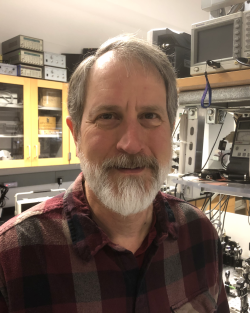
Paul Lett
Quantum Sensing with Photons and Atoms
Squeezing implies reduced noise or fluctuations in either the phase or amplitude of a beam of light, or sub-shot-noise correlations between beams of light or in atomic variables. This can lead to enhanced sensitivity in a number of applications. For example, for a given intensity of light, this feature can be used to increase the sensitivity of an interferometer. I will review a number of different scenarios for increased sensing using squeezed light, and discuss some analogies between squeezed light and squeezing in atomic systems. While quantum sensing is not always an economical solution to increasing sensitivity, there are niche applications where it can provide a path forward, and a number of proof-of-principle experiments have been demonstrated.
Dr. Lett's Bio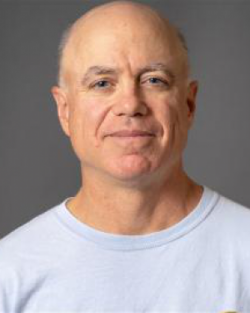
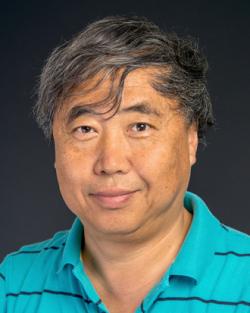
Qian Niu
Geometrodynamics of Bloch electrons in deformed crystals
Semiclassical dynamics of Bloch electrons in a crystal under slowly varying deformation is developed in the geometric language of a lattice bundle. Berry curvatures and gradients of energy are introduced in terms of lattice covariant derivatives, with the corresponding connections given by the gradient and rate of strain. A number of physical effects are discussed: an effective post-Newtonian gravity at band bottom, polarization induced by spatial gradient of strain, orbital magnetization induced by strain rate, and electron energy stress tensor.
Dr. Niu's Bio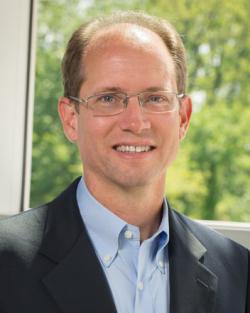
Gary Wiederrecht
Ultrafast nanophotonics applied to quantum optics and plasmonics
Light-matter coupling in excitonic or plasmonic nanostructures has produced many phenomena of interest for nanophotonics and quantum optics applications. A detailed understanding of the ultrafast processes produced in these nanostructures following photoexcitation is important for realizing a desired nanophotonic application. In this talk I will describe recent efforts to produce high quality single photon emitters for quantum optics using colloidal CdSe/CdS semiconductor core/shell nanoplatelets (X. Ma et al., Nano Lett. 2018, 18, 4647) and carbon nanotubes (M. E. Sykes et al., ACS Nano 2019, 13, 13264). I also describe our work in generating hot electrons following photoexcitation of nanostructured gap-plasmon metamaterials (M. E. Sykes et al., Nature Comm. 2017, 8, 986). I conclude by introducing the new user science capabilities at the Center for Nanoscale Materials, particularly for quantum information science.
Dr. Wiederrecht's Bio